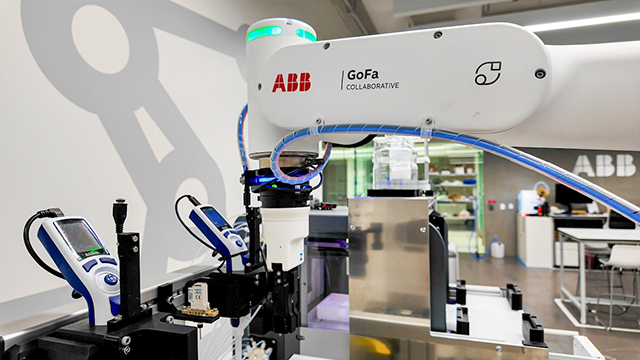Smarter Workflows, Smarter Labs
Modern robotics already span the full spectrum of laboratory tasks: preparing and distributing samples with microliter precision, mixing and vortexing, autonomously loading and unloading instruments, and directly integrating with LIMS, ELN, or LES systems. These capabilities streamline operations from start to finish, reducing errors while ensuring data integrity and traceability.
The next leap forward lies in intelligent workflow design. With digital twin technology, laboratories can design and optimize robotic workflows in a virtual space before implementation, ensuring smooth replication across global sites, a breakthrough for pharmaceutical R&D where consistency is critical.
Artificial intelligence and machine learning take this even further. Companies such as Atinery are pioneering self-optimizing systems that analyze experimental data in real time, adapt protocols dynamically, predict errors, and accelerate R&D cycles. In pharmaceutical development, this translates to shorter timelines, lower costs, and faster regulatory approvals. Coupled with predictive maintenance and intelligent scheduling, AI-driven robotics are laying the foundation for the autonomous laboratory of the future.
Figure 2. Flexible workflows require interchangeable grippers so that the right tool is used for the right job.











